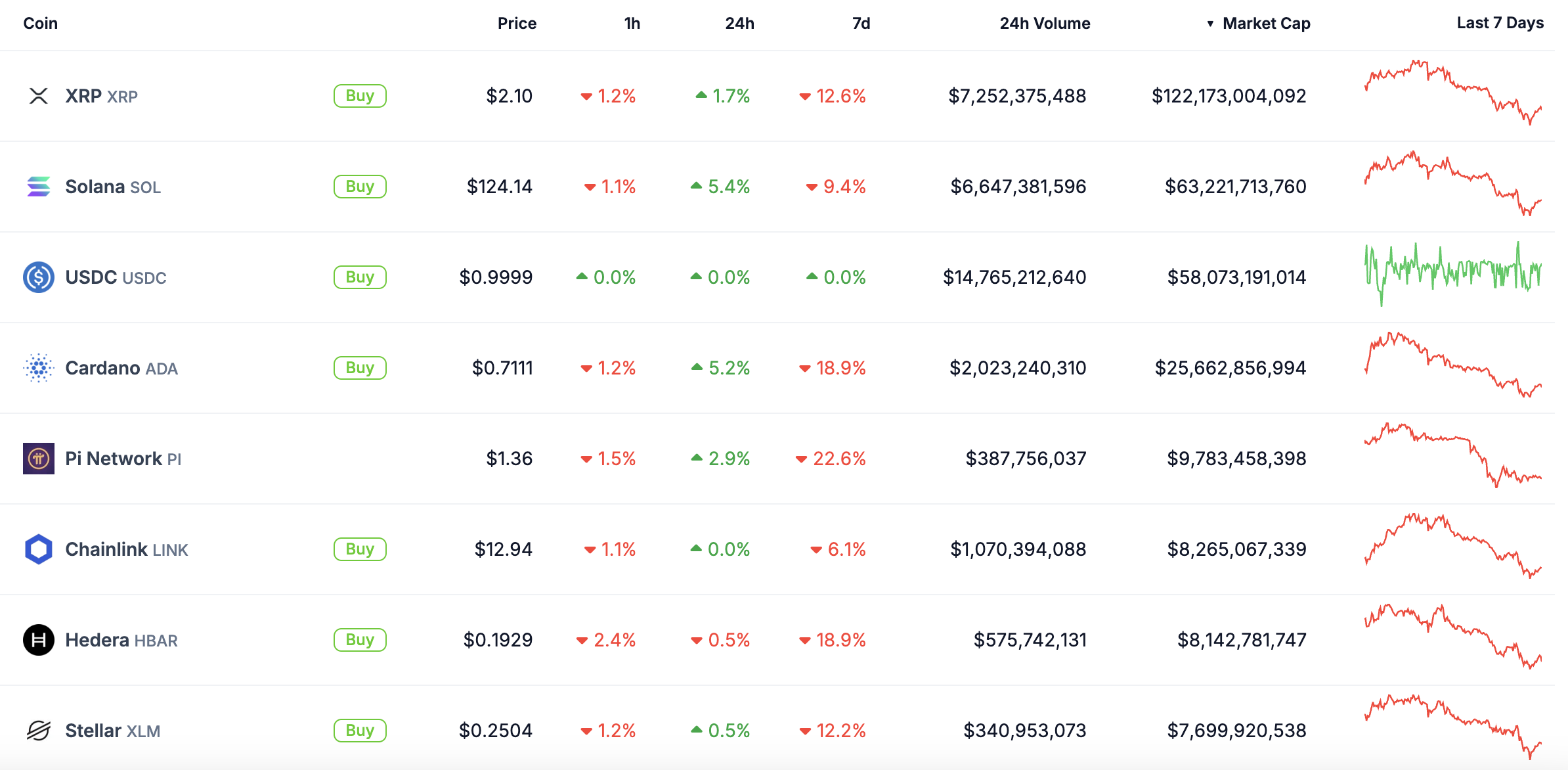
Figment Acquisitions:- In a major market update coming from the leading staking giant, Figment, the firm is eyeing million dollar acquisitions in the industry.
According to a Bloomberg report, the firm is targeting mergers and acquisitions with crypto-focused firms.
Figment CEO Lorein Gobel who is leading the fourth startup Figment said in a recent interview, “I really just want to see how far we can take it at this point”.
Before co-founding Figment in 2018, Gobel had founded and lead three firms – Interlog, Bird on a Wire Networks, pingg.com, a Social networking/messaging startup.
Notably, the Canada-based crypto staking services provider Figment raised $50 million in a Series C funding round in the year 2021. CEO Lorein has now revealed that it not looking to raise rather acquire.
What Kind of Crypto Firms is Figment Looking to Acquire
Figment as a leading proof-of-stake (PoS) infrastructure provider serves institutional clients in the blockchain space. It currently manages more than $15 billion in staked assets.
And now the firm is reportedly looking to acquire projects that have dominant status on blockchains like Solana or Cosmos. The range of its acquisitions would be $100M–$200M.
It is likely seeking to acquire small crypto projects, with the terms sheet already out, according to the CEO Lorein Gobel.
The firm’s core business operations are in providing non-custodial staking services for PoS blockchains. This includes Ethereum, Solana, Cosmos, Polkadot – managing more than $15 billion in staked assets.
Accordingly, it can be eyeing acquisition of mid-sized staking and infrastructure boutiques. This can constitue validator operators, API/tooling startups, and regional specialists on high-growth PoS networks.
Such projects can easily bolt onto its institutional staking platform and accelerate its leadership in the Web3 infrastructure space.
Figment was valued at $1.4 billion in a 2024 financing by Thoma Bravo, Counterpoint Global (Morgan Stanley), Franklin Templeton, and Avon Ventures (Fidelity).
With $100-$200 million acquisitions, it is effectively willing to deploy between 7 % and 14 % of its current valuation on strategic bolt-on deals.
Also Read: Jerome Powell Speech Time
Boost in Crypto Deals And M&As
Figment’s acquisition push comes amid a broader boom in crypto M&A this year. This is being credited to the developing pro-crypto environment in United States under Trump Administration.
So far in 2025, 88 deals totaling $8.2 billion have closed. It is nearly three times the value seen over the same period in 2024.
Notable billion-dollar crypto deals signed this yeear include Kraken’s $1.5 billion purchase of NinjaTrader in March for expansion of its exchange into retail futures trading.
Ripple’s $1.25 billion acquisition of Hidden Road on April 8, 2025 became the largest crypto deal, bolstering its institutional settlement network.
Another largest crypto-related listings to date includes the most recent $3.6 billion SPAC merger taking Twenty One Capital public.
Thus, as Figment too eyes acquisitions and mergers, the broader ecosystem of crypto deals is set to receive a boost.
Related: Ripple Acquires Hiddenroad
The post Crypto Staking Giant Figment Eyes $100M–$200M in Strategic Acquisitions of Crypto Firms appeared first on CoinGape.









